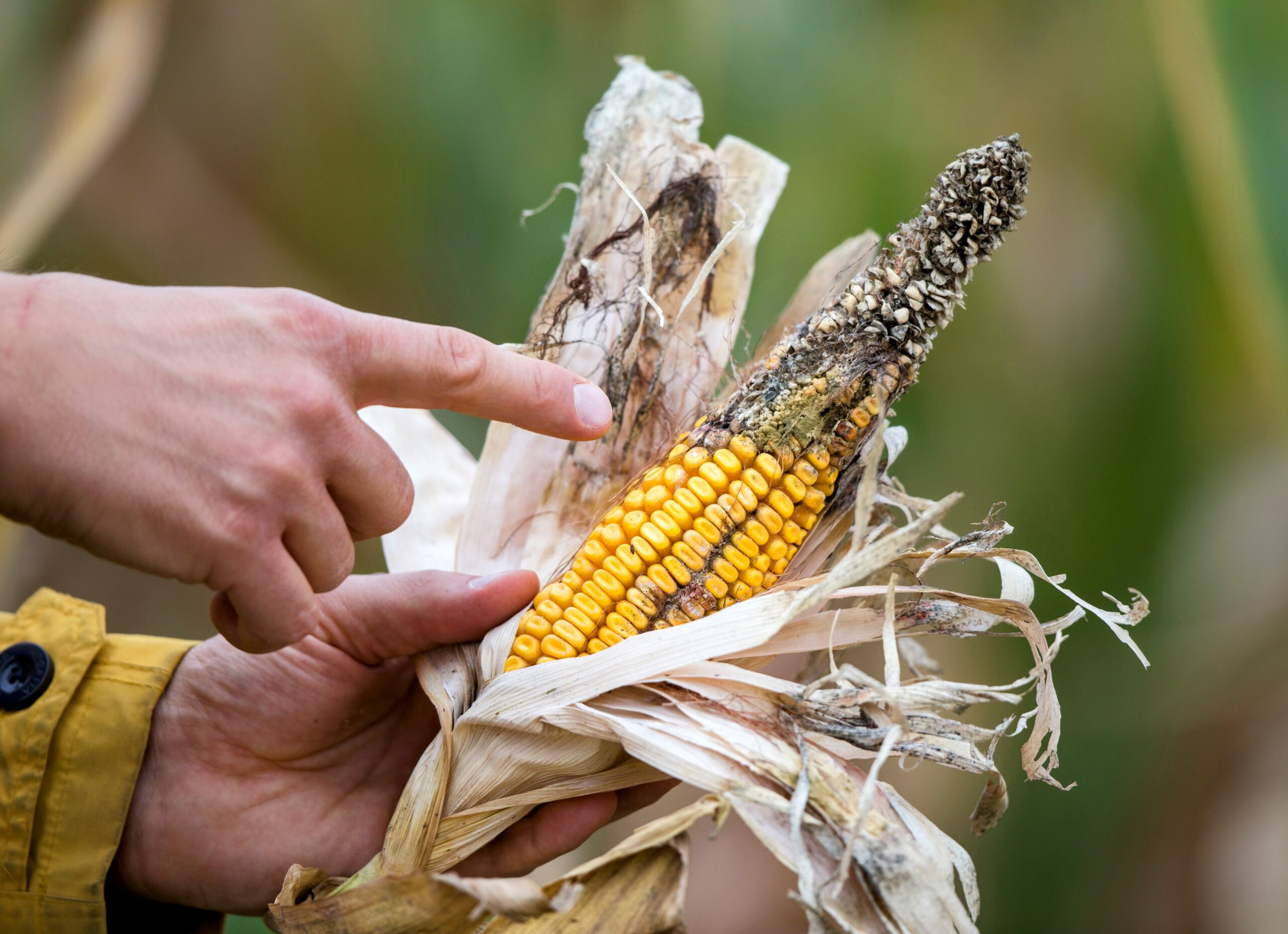Aflatoxin: A Silent Threat to Global Food Security
Corn, a staple food crop consumed by billions of people and animals worldwide, is frequently contaminated by the fungal toxin aflatoxin B1, a highly potent carcinogen produced by the fungus Aspergillus flavus. Aflatoxin contamination poses serious health risks to humans and animals, impacting agricultural industries globally. This potent toxin is highly transmissible, posing challenges to researchers studying and developing control techniques in laboratory settings.
X-Ray Irradiation: A Novel Approach to Combating Aflatoxin
In a groundbreaking study published in the journal Toxins, researchers at Arizona State University, led by Hannah Glesener, have demonstrated the potential of X-ray irradiation as a promising sterilization technique for reducing Aspergillus flavus viability in contaminated corn. This innovative method offers a safe and effective solution for tackling this widespread problem.
Disabling Aspergillus flavus Without Degrading Aflatoxin B1
The research team successfully achieved sterilization without degrading the harmful aflatoxin B1 (AFB1) produced by the fungus. This breakthrough is significant because it allows researchers to study and develop additional remediation techniques that specifically target aflatoxin degradation without the interference of ongoing fungal growth. The researchers found that a small dose of radiation effectively shut down the fungal growth of Aspergillus flavus. This discovery opens up new possibilities for controlling aflatoxin contamination and enhancing food safety.
A Promising Solution for Developing Countries
The study is part of a larger initiative by Arizona State University researchers and their international partners, supported by the National Institutes of Health, to find cost-effective solutions for mitigating aflatoxin transmission and exposure in marginalized communities. This research is critical, especially in developing countries where food safety measures are often limited and the burden of aflatoxin contamination is particularly high.
Tackling the Root Cause of the Problem
Aflatoxins, a type of mycotoxin, are naturally occurring toxic compounds produced by molds or fungi that can grow on various crops. These toxins, including aflatoxins, have potent carcinogenic properties. They are produced by Aspergillus species and are commonly found in crops like corn, cottonseed, and nuts, particularly in warm and humid environments where mold thrives. Aflatoxin-producing fungi can contaminate crops at various stages, including in the field, during harvest, and while in storage.
Global Impact and Health Risks
Aflatoxin contamination is a significant global concern, especially in humid, tropical, and subtropical regions. It is most prevalent in Africa, Asia, and parts of South America, where warm conditions can jump-start the growth of Aspergillus species. An estimated 25% of the world's food crops are affected by mycotoxins, including aflatoxins, according to the Food and Agriculture Organization of the United Nations. Countries like Nigeria, Kenya, India, and China are particularly affected due to their climate and agricultural practices.
Acute aflatoxin poisoning, called aflatoxicosis, can occur when large quantities of contaminated food are consumed. Symptoms include liver damage, nausea, vomiting, abdominal pain, and, in severe cases, death. Aflatoxins are strongly linked to an increased risk of liver cancer. The International Agency for Research on Cancer classifies aflatoxins as Group 1 carcinogens, scientifically proven to cause cancer in humans. Chronic exposure can also lead to stunted growth in children and immunosuppression, increasing susceptibility to infectious diseases.
The World Health Organization estimates that aflatoxins contribute to approximately 5% to 28% of global cases of liver cancer, with the highest burden in sub-Saharan Africa, Southeast Asia, and China. Every year, aflatoxin exposure is estimated to cause 25,000 to 155,000 liver cancer deaths worldwide. Moreover, the effects of aflatoxin exposure, even at lower levels, are more severe in animals.
The Future of Aflatoxin Control
The study's main objective, led by Assistant Research Professor Lee Voth-Gaeddert, was to determine the optimal irradiation dose needed to eliminate fungal viability while preserving aflatoxin B1 concentrations for subsequent detoxification studies. Climate change is believed to exacerbate the threat posed by aflatoxins by expanding the geographic range of aflatoxin-producing fungi, potentially increasing contamination risks in new regions. Additionally, the economic burden caused by aflatoxin contamination is considerable, particularly in the developing world.
The research team's findings provide a promising solution for safely handling and researching contaminated food products without compromising the structural and chemical properties essential for scientific analysis. This breakthrough could lead to new, scalable, and effective solutions for mycotoxin contamination applicable across various regions, particularly in developing countries where food safety measures are often limited.
A Ray of Hope for a Safer Food Future
This research represents a significant step forward in the fight against aflatoxin contamination. The novel X-ray irradiation technique offers a safer and more effective alternative for controlling the spread of Aspergillus flavus and reducing the risk of aflatoxin exposure. This promising development has the potential to enhance food safety and improve health outcomes for millions of people worldwide.
By exploring additional remediation techniques that target aflatoxin degradation, researchers are working towards a future where food is safer and more accessible for all.


















